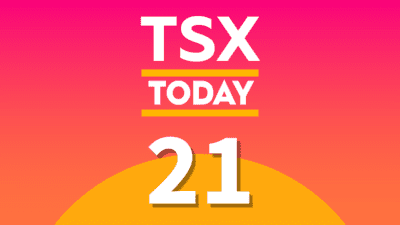The traditional investment portfolio would have a bond and equity component. Do you really need bonds in your investment portfolio? Canadian Couch Potato’s model exchange-traded fund (ETF) portfolio using iShares ETFs provides some insights. First, investors should know at least at a high level what bonds and equities are.
A quick introduction to bonds
Essentially, when you buy bonds, you’re lending money to someone and getting interest income in return. So, bond prices are sensitive to changes in the benchmark interest rate. Common bonds include government bonds and corporate bonds. Long-term bonds typically have a higher interest rate. However, shorter-term bonds make more sense even if they have lower yields now if you expect interest rates to rise in the near term.
What are equities?
Equities are stocks. So, if you own stocks, you own a percentage of a company. In other words, when you buy stocks, you’re buying a piece of a company. If a company makes profits persistently, it can pay out dividends to its shareholders or reinvest the money back into the business for growth. The stock price of a publicly listed company that grows its profitability will increase over time.
The Canadian Couch Potato model ETF portfolio
The Canadian Couch Potato model ETF portfolio uses iShares Core Canadian Universe Bond Index ETF (TSX:XBB) as the bonds component and iShares Core Equity ETF Portfolio (TSX:XEQT) as the equity component.
XBB has net assets of about $4.6 billion. As explained on its website, XBB is “designed to be a long-term core holding” that provides “low-cost, broad exposure to the Canadian investment grade bond market.” XBB’s yield is about 2.5% paid out in the form of a monthly cash distribution. Its management expense ratio (MER) is indeed very cheap at 0.10%.
With one ETF, the XEQT conveniently provides exposure to four ETFs that immediately diversify your investment portfolio across stocks in the United States (about 46% of the fund), Canada (25%), Japan (5%), the U.K. (3%), and other parts of the world. The ETF’s MER is also acceptably cheap at 0.20%.
Insights from the model ETF portfolio
On one end of the spectrum, the portfolio put 80% in XBB and 20% in XEQT. At the other end of the spectrum, it’s the other way around with 20% in XBB and 80% in XEQT. The general conclusion is the following. The greater percentage of XBB held, the lower the volatility of the model ETF portfolio. Vice versa, the higher the percentage of XEQT held, the higher the volatility. However, a higher percentage of XEQT also led to higher returns.
In the long run, even a 1% difference in total returns can make a meaningful impact on your retirement. If you invest $500 per month over 30 years for a rate of return of 9% compounded annually, you’ll end up with $817,845.23. For a 10% return instead, you’ll end up with $986,964.14. That’s a difference of $169,118.91!
In summary, the XBB is a good consideration for bonds exposure if you seek to reduce volatility for your stock portfolio. On top of reducing the overall risk of your stock and bond portfolio, you also earn a decent monthly cash distribution from the bond ETF. For some reason, XEQT is much less popular with net assets of only about $921 million. Perhaps investors prefer equity ETFs in specific industries or even individual stock picking.









